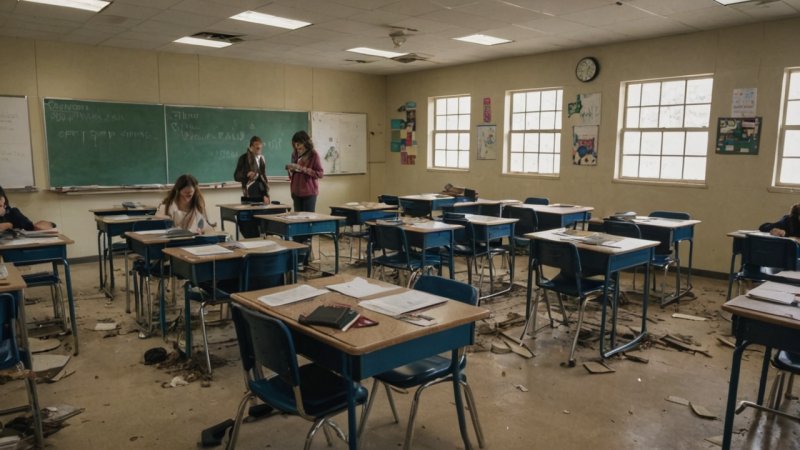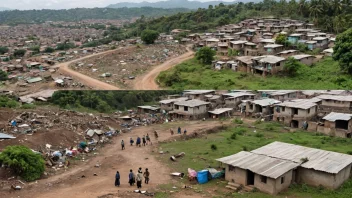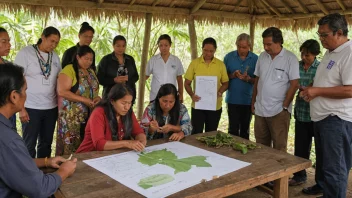The effects of climate change are felt across all sectors of society, and education is no exception. As the world grapples with rising temperatures, extreme weather events, and shifting environmental conditions, educational systems are increasingly at risk. This article explores how climate change impacts education and literacy, highlighting key areas where individuals and communities can take action to mitigate these effects.
Disruption of School Infrastructure
One of the most immediate effects of climate change is the physical damage it causes to school infrastructure. Natural disasters such as hurricanes, floods, and wildfires can destroy school buildings, making them unsafe for students and teachers. In many regions, especially in developing countries, schools are often constructed with inadequate materials that cannot withstand severe weather events.
- In the aftermath of a disaster, rebuilding efforts can take years, leaving children without access to education.
- Communities must prioritize building resilient educational facilities that can withstand climate impacts.
Access to Clean Water and Sanitation
Climate change affects the availability of clean water, which is essential for schools to operate effectively. Schools in areas facing water scarcity may struggle to provide adequate sanitation facilities, leading to increased absenteeism among students, particularly girls.
- Investing in water conservation and management can ensure schools have the resources they need.
- Community-led initiatives can help improve sanitation facilities, fostering a healthier learning environment.
Increased Vulnerability of Marginalized Communities
Climate change disproportionately affects marginalized communities who may already face barriers to education. Families in these communities often cannot afford to prioritize education when faced with climate-induced challenges such as food insecurity or displacement.
- Programs that provide support for low-income families can help alleviate some of these pressures, allowing children to continue their education.
- Advocacy for equitable access to resources is crucial for ensuring that all children have a chance to learn despite climate challenges.
Impact on Mental Health and Wellbeing
The psychological effects of climate change can also hinder educational outcomes. Children who experience trauma from climate-related disasters may struggle with anxiety, depression, and stress, which can affect their ability to learn.
- Schools need to implement mental health support systems to help students cope with the emotional toll of climate change.
- Community programs focusing on resilience and coping strategies can empower students to manage their mental health effectively.
Innovative Solutions and Educational Initiatives
Despite the challenges posed by climate change, there are numerous innovative educational initiatives aimed at building resilience. Schools are increasingly incorporating climate education into their curricula, teaching students about sustainability and environmental stewardship.
- Projects that engage students in local environmental efforts can foster a sense of responsibility and agency.
- Collaboration with NGOs focused on climate action can provide schools with resources and training to adapt to changing conditions.
In conclusion, the impact of climate change on education and literacy is profound and multifaceted. From the destruction of school infrastructure to the mental health challenges faced by students, the threats are significant. However, by investing in resilient educational systems, advocating for marginalized communities, and fostering innovative solutions, we can mitigate these effects and ensure that all children have the opportunity to learn and thrive in a changing world. It is imperative that individuals, communities, and policymakers unite in efforts to prioritize education in the face of climate change.






